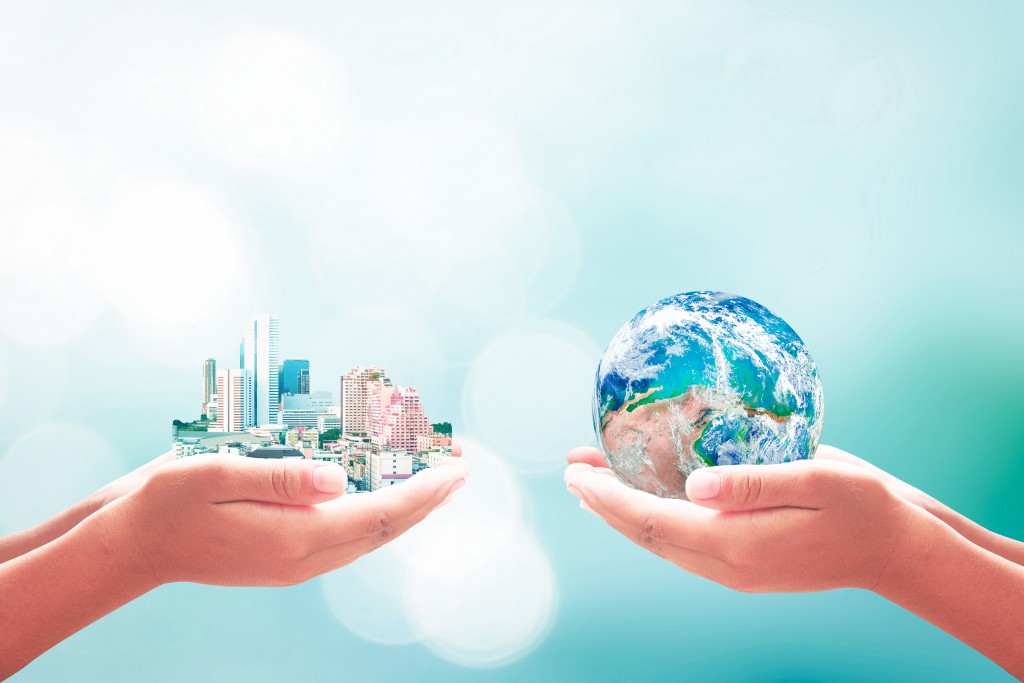Typhoon Haiyan (locally named Yolanda) in 2013 has been one of the most tragic natural disasters to have ever hit the Asia-Pacific region. It ranked as the second deadliest typhoon in the Philippines, killing over 6,000 people (and perhaps even more).
When it left, the Philippines suffered over $2 billion losses and almost wiped out coastal towns and cities like Tacloban, Leyte. Most of all, it highlighted one of the rapidly growing threatening problems in the country to date: climate change.
In its 2017 profile in USAID, the Philippines highly vulnerable to the consequences of climate change, such as rising water levels. In fact, studies show that within three decades, higher levels of water could displace nearly 70 million Filipinos.
Climate change can also worsen natural hazards that include floods and typhoons. Some scientists predict that the latter may become more frequent and stronger as ocean waters become warm.
But another potential vulnerability of the country against climate change is the unsustainable designs of plenty of homes. Many are expensive that may be forcing low-income earners to build weak properties in flood-prone or frequently-typhoon-hit areas.
As construction costs rise, some are also forced to trade high-quality materials with poor ones that are less likely to sustain common natural disasters.
Fortunately, while the Philippines may be slow in adoption, newer, more efficient, and more sustainable technologies and designs have become more available:
1. Solid Polycarbonate Sheets
Usually, in the Philippines, the concept of roofing is thin metal sheets that may be easily blown off by strong winds or palm trees that are easily prone to fire. For those who want to build more sustainable homes, they can turn their attention to solid polycarbonate sheets.
These types of sheets are easier to mass-produce, which brings their market costs down. In other words, they’re actually cheap to acquire.
They are also lightweight, making them convenient to install and ideal for various sizes of homes, including tiny ones. While they may be transparent, they have excellent UV resistance. The roof is less likely to get damaged prematurely.
Solid polycarbonate sheets score high on stability and strength compared to plastic sheets. They can even be at least 10 times stronger than tempered glass, which is expensive, and over 200 times more durable than regular glass.
Besides being used as roofing, these sheets may also be used to partition rooms while acting as a sound barrier. In a way, they are a valuable material in social homes that may have to be built in urban areas.
2. Bamboo Houses
In 2018, a 23-year-old Filipino won the Cities for Our Future competition by the Royal Institute of Chartered Surveyors by designing a more sustainable bamboo house he called the CUBO.
Created with Manila, one of the most densely populated cities in Asia with many living in poor areas, in mind, this bamboo house is both more economical and more resistant to natural disasters.
For one, it costs only around £50 (less than 4,000 pesos in today’s exchange rate) per square meter to build. Manufacturing the parts can take about a week, but the installation can already be completed in four hours.
Further, CUBO houses feature a tilted roof that reduces heat gain and captures rainwater, which homeowners can use for other water needs like doing the laundry or flushing the toilet. It then decreases utility costs.
The bamboo house may also be expandable to shelter many families at once while sharing communal facilities. Most of all, the primary material is incredibly cheap, conveniently processed in the country, and easily grown without causing damage to the quality of the soil in the long run. When cut, bamboos can release up to 35 percent oxygen into the atmosphere.
Today, CUBO comes in a variety of models named after local places like Sarangani, Bulacan, and Batanes. They are available in many sizes and are modular to give Filipinos more flexibility when it comes to the budget, style, and expandability of their property.
3. Solar Panels

The International Finance Corporation (IFC) under the World Bank Group once featured Via Verde houses. Although dubbed as a low-cost housing project, the properties were actually sustainable and green.
Each house uses around 40 percent less energy and 25 percent less water, but its highlight is its ability to run on solar power, which decreases carbon footprint by 1,200 kilograms annually.
Although solar panels have been around for decades, they have yet to become more commercial in the country. In other words, they can be more expensive to buy and install. However, Via Verde succeeded by creating the first grid-connected community.
The Philippines is seeing positive changes toward sustainability as people become more aware of the harm brought by climate change. A person’s only wish, though, is for these ideas to catch on and become more mainstream.
